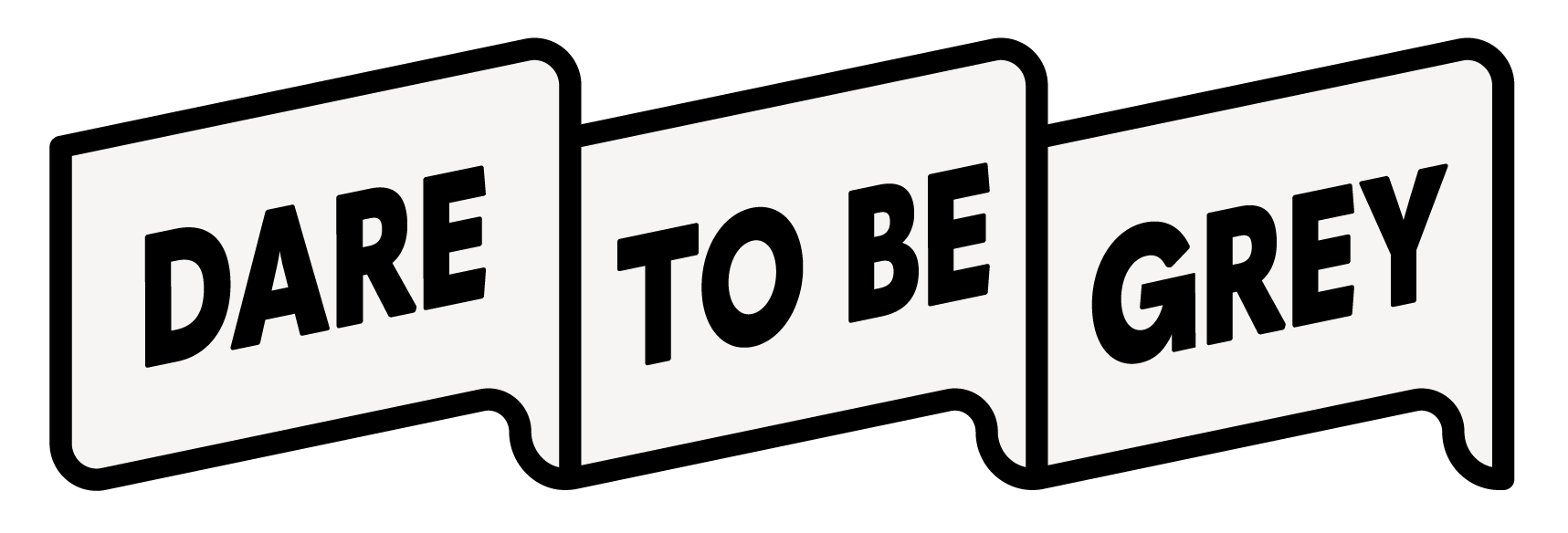
Cycling students, wandering tourists, and in the winter even an entire Carnivals parade. At one point or another, they all make their way across the old ‘Sint Servaasbridge’ in Maastricht, the Netherlands’ most southern border city.
Being situated close to the Belgian and German borders, the city has always considered itself to be the most ‘European’ city of the Netherlands. These European ambitions crystallised in 1992 as the 12 member states of the European Community came together to sign the Treaty of Maastricht, effectively reforming their community in the European Union as we know it today. Ever since, Maastricht has welcomed a significant influx of European newcomers into city.
However, like in so many other cities across the continent, Maastricht’s rapid internationalisation isn’t without its hiccups. Local and international communities don’t always speak each others languages, nor do they always understand each other’s habits. If anything, one could observe that these groups often lead very separate lives, with little interaction between one another. Is it even possible to unite the city’s European ambitions with its local traditions?
In ‘Maastricht: Portrait of a European City’ we prove that it is. In three distinct languages, we ask various ‘Maastrichtenaren’ what the city means to them, how a grand concept such as ‘Europe’ materialises in their surroundings, and how people — despite their initial differences — are still able to build new bridges.
In a strongly internationalised Maastricht, some groups run the risk of complete alienation. Mike, who created his own tech-startup, might have found a solution in the so-called ‘Beacon’ technology.

Maastricht and its Carnivals tradition are deeply intertwined. Every year, for a couple of days, the mayor gives away the symbolic key of the city to Prince Carnival — after which the party immediately commences.
This year, Marcel and Corinne were the ‘royal’ Prince Carnival-couple in the neighbourhood of Amby. They show us how deeply rooted Carnival is in the Maastrichtian culture, and how this classic tradition is able to bring people together — even if it’s an entirely new phenomenon to some.
When discussing Maastrichts’ rapid internationalisation, we should realize it’s not just a matter of identity. Just as much, it’s a discussion on opportunities, entrepreneurship, and language. All of these aspects are represented in Britt’s boutique, which has been situated in the city centre for more than a year now.

Publication: May 2018
Co-production:
Are We Europe
Production team:
Annelies van Rijen,
Edwin van de Scheur,
Henry Vrijsen,
Ties Gijzel.
Extra thanks to:
Maastricht University,
The City of Maastricht,
The Province of Limburg,
Film Theatre Lumière
&
Mike, Marcel, Corinne & Britt.


